Deconstructing Cravings

Cravings are not bad or wrong and we don’t have to fight them.
In fact, “fighting” or resisting cravings can contribute to and exacerbate the oftentimes problematic behaviors that ensue. So what’s really going on?

Common Causes of Cravings:
1. Unfilled Primary Needs:
“Primary Foods” refer to the primary ways we nourish our bodies, minds, and souls outside of our snack and meal times.
“Primary Foods” include: Sleep, Water, Connection, Action, Touch, Creativity, Spirituality, Rest, Food, Play.
I see a lot of clients who misinterpret their cravings. For example, we discover their afternoon binge eating stems from a craving for rest and goes away when we implement a 15-min afternoon nap.
2. Unmet Micronutrient Needs:
Micronutrients are vitamins or minerals needed by the body in very small amounts to attain optimal functioning. However, their impact on a body’s health are critical, and micronutrient deficiencies can cause severe and even life-threatening conditions.
Many clients come to me with menstrual cravings or cravings for sweets. Through my micronutrient analysis protocol, I work wtih clients to help identify micronutrient defficiencies and identify healthful ways to fill those needs.
For example, cravings for chocolate often derive from Magnesium needs (chocolate contains high levels of Magnesium). My clients find my Menstrual Protocol and Sweet-Buster Smoothie curb the cravings and they feel great!
3. Reward Responses to Hyper-Salient Foods:
Many food items these days are specifically designed by big food companies (with PhD Researchers on staff) to be highly pallatable (tasty), salient (rewarding, memorable, and motivating), and even addictive, promoting unwanted cravings that perpetuate product consumption (Bray et al., 2021; Sections 3.8 and 4.1.8).
In these types of scenarios, I work with clients to move away from the foods that “keep them coming back, even when they don’t want to,” and move towards whole natural foods (e.g., foods that come from the Earth and are not altered from their natural states — whole fruits, vegetables, whole grains, legumes, nuts and seeds without added salts or oils). This transition often enables clients to establish a new relationship with their food and eating – as sources of medicine and healing rather than harm.
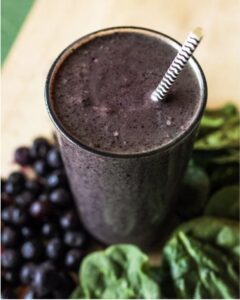
Sweet Buster Smoothie:
This simple smoothies delivers 100% daily fiber needs, heaping doses of iron, manganese, magnesium, and great healthy fats that will bust cravings and keep you fueled throughout the day. My clients have 1 for breakfast or 1/2-servings as morning, afternoon, or before bedtime snacks.
1) 1/2 – 1C leafy greens (collard, spinach, chard)
2) 1C berries (blackberries, wild blueberries)
3) 3 – 4 tblspns flax meal (1 – 2 oz)
4) 1 package unsweetened acai (optional)
5) ~2 tspns baking soda
6) ~2 – 4 tblspns apple cider vinegar
7) LET THE BAKING SODA & APPLE CIDER VINEGAR REACT (FIZZ) BEFORE BLENDING.
NUTRITION FACTS:
1 smoothie: 500 calories
16g protein
30g healthy fats (15% Omega-3s)
24 g carbohydrates
27g fiber (100% daily needs)
Vitamin A: 91%, Vitamins B1-6: 7-11%, Vitamin C: 61%, Calcium: 31%, Copper: 29%, Vitamin E: 14%, Essential Amino Acids: 2-4%, Folate: 27%, Iron: 37%, Vitamin K: 56%, Magnesium: 12%, Manganese: 68%, Omega-3: 15%, Phosphorus: 8%, Potassium: 52%, Selenium: 11%, Zinc: 11%.


St. Patrick’s Day Hot Take: Choose Cabbage Over Corned Beef
As we don our festive hues of green, St. Patrick’s Day brings a fresh take on tradition with a focus on cabbage, a leafy powerhouse that’s stealing the show from corned beef. The Humble Cabbage: A St. Patrick’s Staple Cabbage has long been associated with St. Patrick’s Day, often served
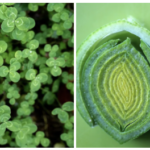
Bountiful Greens: A Nutrient-Rich Delight
In the treasure trove of nutrition and diet, there lays a brilliant emerald: dark leafy greens. Whether it’s St. Patrick’s Day or any ordinary day, let’s explore how these greens can elevate your well-being. The Nutritional Powerhouses Dark leafy greens are like nature’s secret handshake—a promise of vitality and nourishment.
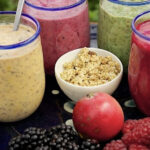
Let’s Talk About Smoothies II
Let’s Talk About Smoothies Smoothies are all the rage these days, but are they really all they’re cracked up to be? From the green vegetable variety to the more-like-milkshake fare, we’ve got the skinny on smoothies here. Smoothie Power: The Benefits of Blending Smoothies are “all the rage” these days,
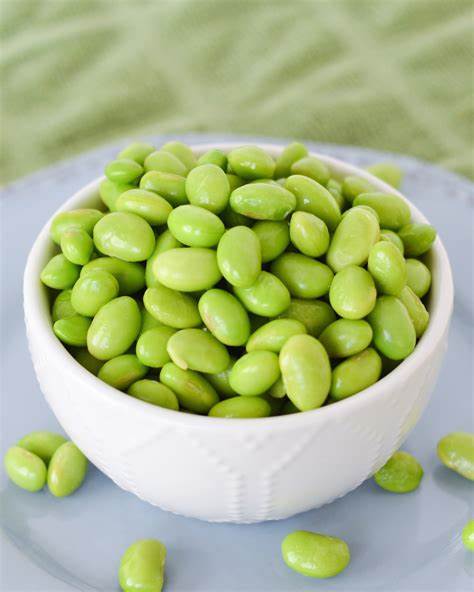
Soy: Boulder’s Mighty Bean
In the heart of Boulder, where health and wellness are as much a part of the city as the Flatirons, soy has taken its rightful place as a nutritional powerhouse. This humble bean, often enjoyed as edamame, is not only a complete protein but also a rich source of vitamins
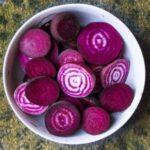
Beet Your Heart Out: The Secret Valentine Superfood for a Healthy Heart Beat
This Valentine’s Day, while hearts symbolize romance, let’s not forget the literal heart health benefits of a certain ruby-red vegetable. Beets, nature’s own ‘natural viagra,’ offer a bouquet of vasodilation and nitric oxide boosting properties that can enhance athletic performance and kindle the flames of passion. Beets’ Antioxidant Boost: Betalains

Self-Healing with Brilliant Sanity: Embracing Our Inner Clarity
In Boulder, a city that champions holistic health, residents find solace in the embrace of nature and the community’s commitment to physical, mental, and emotional well-being. At the heart of this sanctuary is Naropa University, a hub of contemplative education inspired by the teachings of Chögyam Trungpa Rinpoche. Here, the

